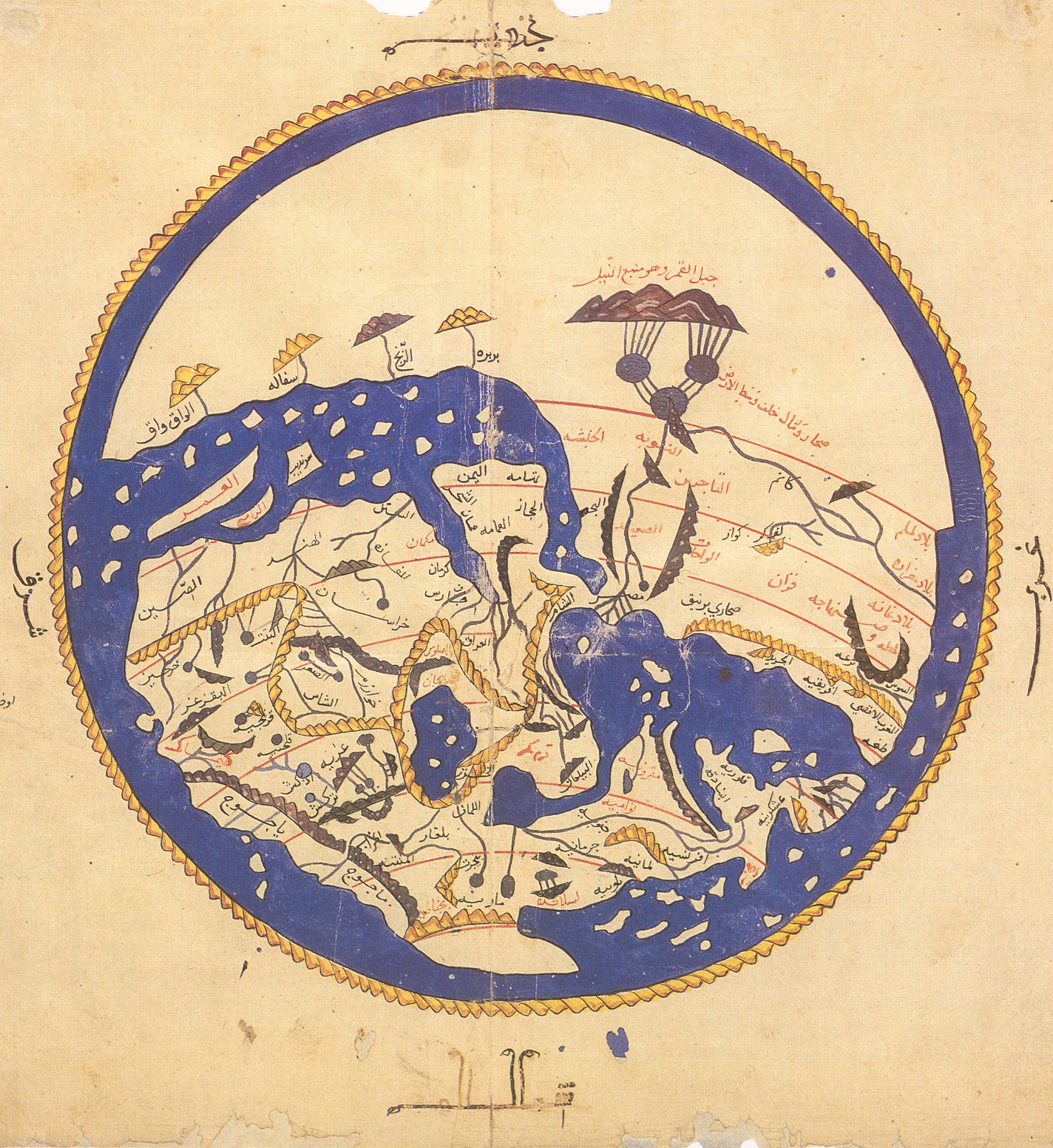
Sohravardi tells us that there are lands beyond the seven regions of this mortal world, behind Mount Qaf at the very limits of the tangible, which he calls Na Koja Abad. This name is his coinage, a Persian compound where the initial “Na” means “No”, “Koja” means “Where” and “Abad” is “Land”: Nowhere Land. A place that is simultaneously real and unreal, midway between the imagined and the tangible, and where these two things are run into one another. It is a not a place you can inquire about by asking, “Where?” It is closer to being a gap or a hole: the nowhere that surrounds us everywhere, whose chasm can yawn open at any moment, whose winds may sweep suddenly through the present. These winds come from the distant past bearing the desires of the excluded and the hopes of the forgotten and the speech of those without tongues. But Nowhere Land may be one of those places in which Sohravardi’s gnostic mysticism surpasses itself, for it reveals a space which rejects the real and confronts it with what it has excluded and forgotten. In other words, it is more than just a Sufi limbo, pure and removed from our profane world, or an alternative one to which we might escape, but signifies instead a place on earth, somewhere where the “No” can go to work, forcing fractures in the status quo.
No one used Na Koja Abad before Sohravardi, who wrote in both Persian and Arabic, and the usage never caught on after him, but though he does not always name it, the majority of his Sufi tales set out from or are set in this nowhere. It is a new metaphor, then, coined by a writer in order to find a form for an insoluble contradiction, embodied in reality’s divergence from itself and the impossibility of making reality consistent with itself. One could say that Nowhere Land was a literary construct, brought into the real by writing. One could go further: that Nowhere Land is literature’s original home, which only unfurls when literature touches reality. In its folds, Nowhere Land carries writing’s fraught venture: creating a form for contradictions which are yet to find a form—and not to solve them. It is a gamble whose fate cannot be predicted in advance: it may succeed once and it may fail and be forgotten many times over. The chasm of Nowhere Land from which these literary landscapes come forth (or which, to be precise, they dig ever deeper) is the point where writing meets reality, where the possibility of revising it resides.
Translated by Robin Moger